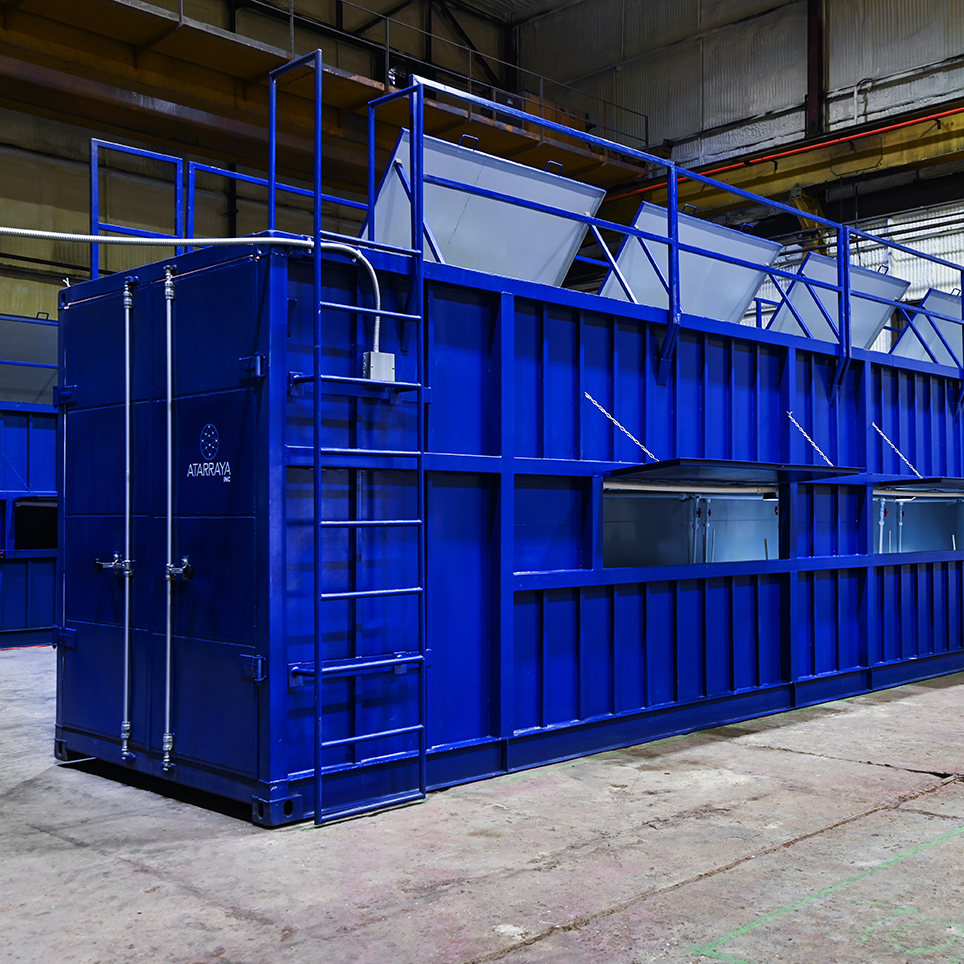
News
Technology
Atarraya makes a case for growing shrimp in a box
April 18, 2023 By Nestor Arellano
 Atarraya's Shrimpbox
(Image: Atarraya)
Atarraya's Shrimpbox
(Image: Atarraya) Your delicious plate of crunchy tempura could have a lot of not so eco-friendly baggage behind it.
For instance, large nets used to catch shrimp from the ocean floor also cost collateral damage to the population of other sea creatures such as turtles, eels and seahorses. The nets are also responsible for destroying millions of kilometres of seabed. Some shrimp farms on the other hand use pollute oceans with waste water that contain chemicals and antibiotics.
Atarraya believes it has a solution to avoiding these problems. The Indianapolis-based company’s Shrimpbox, “mimics an ideal breeding environment and manages the complexity of the microbial community.”
The production capacity of each Shrimpbox is 350 kg every three months. Atarraya said the minimum number of Shrimpboxes to run an efficient operation is 20.
Each Shrimpbox contains an automated feeding, a biofloc waste removal system, two aeration systems, two tanks, and an artificial intelligence (AI) aided control room hooked up to sensors that measure oxygen, pH, nitrogen, water alkalinity, and more.
Atarraya claims that the system “reduces water exchange almost to zero,” and “eliminates the need to use antibiotics and other chemicals.”
Some of the main operating costs are electricity, feed, probiotics and larvae. The system can work with green energy.
The company says its Shrimpbox can be installed anywhere and is ideal for urban shrimp agriculture operations. Atarraya intends to build a land-based shrimp farm in Indiana.
Print this page